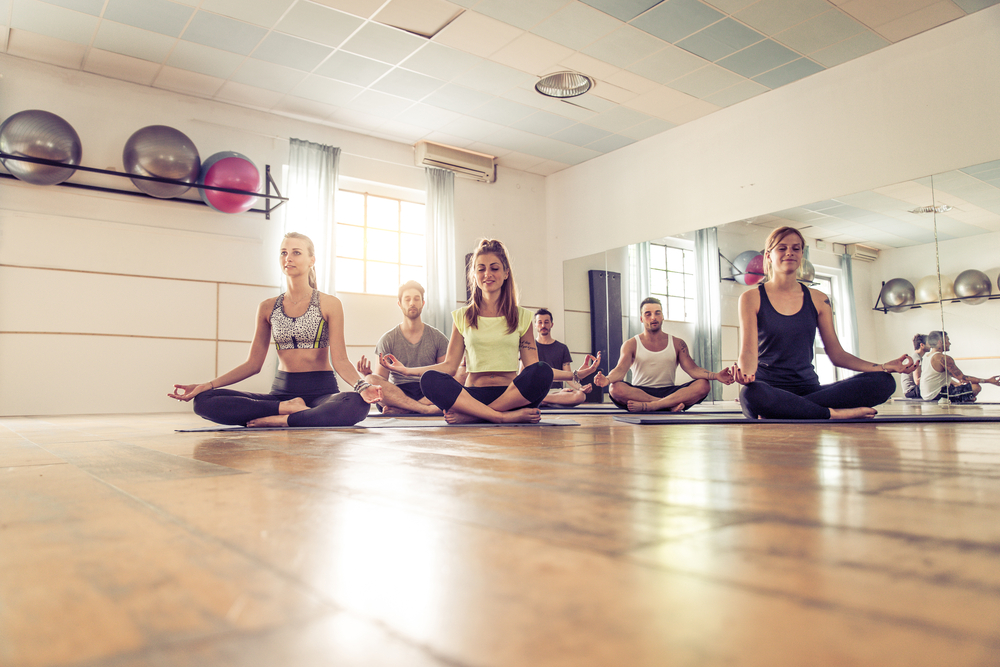
Since exercise intensity always varies from one person to the next, it can often become hard to detect any signs if you’re getting better at it or not. Many athletes can actually be quite confused about gauging their exercise intensity and need to follow certain methods to see if they are getting better at exercise or not.
Since many of us have our own notions about what to do and how much to exercise, signs whether you’re getting better may not be accurate since they are subject to personal opinions. However, there are true and tried ways of determining your workout’s success. To see if your exercise regimen is actually working for you, keep the following points in mind.
Tracking your progress by checking your heart rate
One of the most efficient ways to determine if you’re getting better at exercise is to check your pulse during aerobic workouts. This is a fairly accurate indicator of your workout intensity and if it is not hitting a certain target then you are likely not getting better at exercise. You will need to push harder to meet that number to get an effective enough workout.
For most healthy individuals, the heart rate should ideally stay between 64-76% of its maximum for moderate exercise. Athletes who engage in more vigorous exercises should look for 76-90% of its maximum heart rate.
Remember that to determine your maximum heart rate, considerations like your age will need to be looked at.

Be aware of how your body feels – during and after exercise
A common myth in the athletic world is “no pain, no gain.” So if you want to make sure that you are getting better at exercise, you will need to push yourself just that much harder. A little discomfort during and after a workout can indicate that the exercise is intense enough and is challenging your body.
A little discomfort is important to ensure that your muscles are becoming stronger. When muscles are tried slightly beyond their capacity, they adapt to the challenge and become stronger. Research also reveals that intense exercise that pushes past your comfort zone is beneficial for muscle building and strength.
However, there is a difference between minor to moderate pain or soreness and total exhaustion. Making sure that you are getting better workouts means experiencing slight pain and not total collapse after the workout. So the more intensely you work out, the better your body adapts and delivers not only better but also long lasting results.
Getting better at exercise by revamping your workouts
As your body gets used to more intense workouts, you are likely to hit plateaus. To get out of this plateau and make the workout more effective, you will need to change things up a bit. This change will primarily depend on the type of workout you are already doing.
For instance, if you do cardio, make sure you are getting better workouts by increasing your pace. Likewise with strength workouts, you can increase the weights or do advanced versions of moves to break through the plateau.
Mixing up your routine
While one way to getting better workouts is to make them more intensive, another is to mix things up. This helps in keeping exercise and routine workouts more interesting. Some people find it very hard to focus on physical activity without some type of mental stimulation to make it more interesting. So to keep from getting bored too easily, try different workouts on different days. For creatures of habit or others who lack creativity, changing up a fixed routine can be really challenging.
For regular gym rats, one option is to switch things up by working in a different part of the gym or exercising with a different group of people. Breaking up the monotony for getting better exercise can also mean involving your friends into your workout routines by inviting them to go jogging, hiking, cycling, or on other outdoor excursions with you.
The important thing for getting better exercise is to make sure that your workout does not become stale and that your muscles do not become too conditioned to the same old exercise moves.

Getting better workouts by doing “Real Exercise”
While it is true that any body movement is good for you, it is also true that not every movement qualifies as exercise. In fact, for an activity to be considered exercise, it has to meet certain criteria such as a duration of at least ten minutes, which should elevate the heart rate to an aerobic level. To burn more fat than carbs exercise should extend 20 minutes into the aerobic zone, and 30 minutes of aerobic activity will burn a larger percentage of calories from fat. Remember that real exercise will always feel hard since it will raise your heart rate, make you slightly breathless and cause your muscles to burn.
Daily activities like walking to your car or taking a single flight of stairs do not make up a workout even though they are better than being sedentary. So aim for getting better workouts that challenge you and push you past your comfort zone.
When doing real exercises remember that exercise alone will not change your body unless you are also cutting calories. At the same time cutting calories alone does not deliver results but needs to be paired with exercise. To get better results, you need to do both; watch your diet, consume fewer calories and exercise.